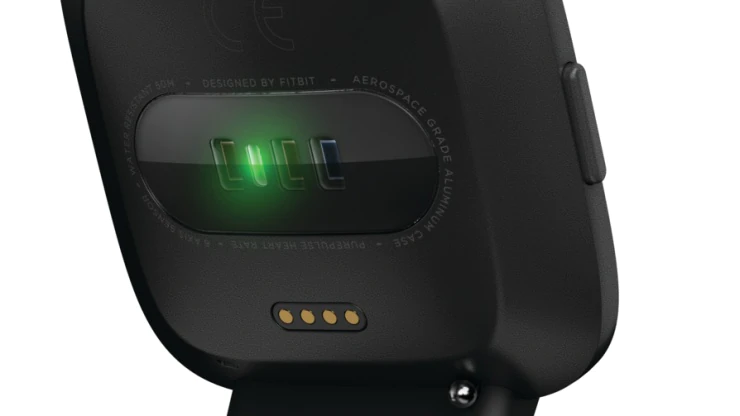Red Light, Green Light | How The Heart Rate Sensor On Your Smartwatch Works!
Now that I’ve clickbaited you with the Squid Games themed title there, Hi! Let’s figure out how your smartwatch or fitness band uses a combination of green light and red light to measure your heart rate!
So the first order of business is to explore what a PPG sensor is.
The optical based photoplethysmography (PPG) technology allows current generation smartwatches and fitness bands to measure your heart rate by projecting low intensity infrared (IR) light onto your wrist. This green IR light is absorbed by the flowing bloodstream within your wrist, which post absorption, reflectes red light back to the smartwatch or fitness band.
Each heart beat contributes to blood flow, which results in the green IR light being absorbed by the smartwatch or fitness band. But in between each heart beat, there is less green light absorption. This difference in high absoprtion and low absorption is used to detect blood flow and heart rate.
Heart rate is nothing but the number of times your heart beats within a particular time frame, usually a minute. The metric used to determine heart rate is BPM or beats per minute.
So, in order to measure real time BPM, the PPG sensor blinks this green IR light several times at high brightness levels.
But, the PPG sensor on your smartwatch or fitness band is not as accurate as an electrocardiogram (ECG) sensor because the PPG sensor solely relies on the blood circulation to determine the BPM. Having said that, most premium smartwatches or fitness bands like the Apple watch or a Fitibit are clinically acceptable PPG devices to measure your heart rate. The same level of trust cannot be applied to budget smartwathces or fitness trackers.
Also at times you’ll find that the PPG sensor will show heart rate readings on inanimate objects. The PPG sensor basically looks for light variations or random flickering in the absence of blood flow to determine the heart rate. So smartwatches of fitness bands which offer the wear detection feature are preferable if you want an accurate reading of your heart rate.
Well, having reviewed four budget smartwatches, Dizo Watch 2, Dizo Watch R, Noise Colorfit Caliber and Boat Xtend, I can say that these aren’t reliable devices to measure your heart rate. If you absolutely do need a mobile equipment to regularly monitor your BPM, getting a medical grade pulse oxymeter is a far better and safer investment.

0
Thread
